Every time I take a moment and tune in to what’s going on with Elon Musk, I inevitably start to wonder if he watched too much Star Trek as a kid. It’s like every month he is unveiling a new superscience company or project. This last week, his 2016 startup, The Boring Company ![]() , showcased its 1.14 mile subterranean road in Los Angeles that allows high-speed unidirectional travel for traditional-style cars equipped with special wheels.
, showcased its 1.14 mile subterranean road in Los Angeles that allows high-speed unidirectional travel for traditional-style cars equipped with special wheels.
The inspiration for these tunnels was apparently Musk’s ‘soul-crushing’ commute from Bel Air to his rocket company SpaceX in Hawthorne ![]() .
.
The main idea here is that the addition of underground tunnels transforms the conventional flat, or two-dimensional, commuter grid into a multi-layer (three dimensional) system. It’s sort of like adding a basement or a second story to your house instead of building around the existing structure: new rooms can now exist above and below whereas before they had to exist on the same plane (which produces something called sprawl ![]()
![]() , a term the Los Angeles population knows all too well). The more transportation layers that exist, the more cars that will be diverted from surface roads. This results in less traffic and the excision of gridlock… at least, in theory.
, a term the Los Angeles population knows all too well). The more transportation layers that exist, the more cars that will be diverted from surface roads. This results in less traffic and the excision of gridlock… at least, in theory.
The failure here is that these tunnels will do nothing to address the real problem: way too many people live in Los Angeles and the surrounding areas. Creating more lanes of transportation may somewhat alleviate the utterly absurd traffic congestion that currently exists, but the effect would be only temporary. In reality, increasing transportation infrastructure will only stimulate increases in population density, and commuters will find themselves back at square one.
If Musk really wanted to make a meaningful difference in Los Angeles, he would solve their water problem. Unfortunately, there weren’t any Star Trek episodes where Captain Picard and his trusty crew beemed down to the surface of a planet and helped the local population build efficient and affordable desalinization plants. Thus, to Musk, this is not a very sexy idea. (But Captain Kirk recently came up with his own solution ![]() !)
!)
So until The Boring Company is able to solve the world’s traffic problems, Los Angeles residents are encouraged to keep a gregarious Sasquatch ![]()
![]() in their cars at all times:
in their cars at all times:
Oh yeah, and for what it’s worth, the real future of transportation is cars that drive on rails (eventually powered), and also have the ability to detach and drive on plain old paved residential streets. The self-driving car as we know it now—that is, a computer-controlled vehicle that isn’t attached to a track—is one of the dumbest fucking ideas ever and has the potential to become the grandest misdirection of financial and engineering resources in the 21st century.
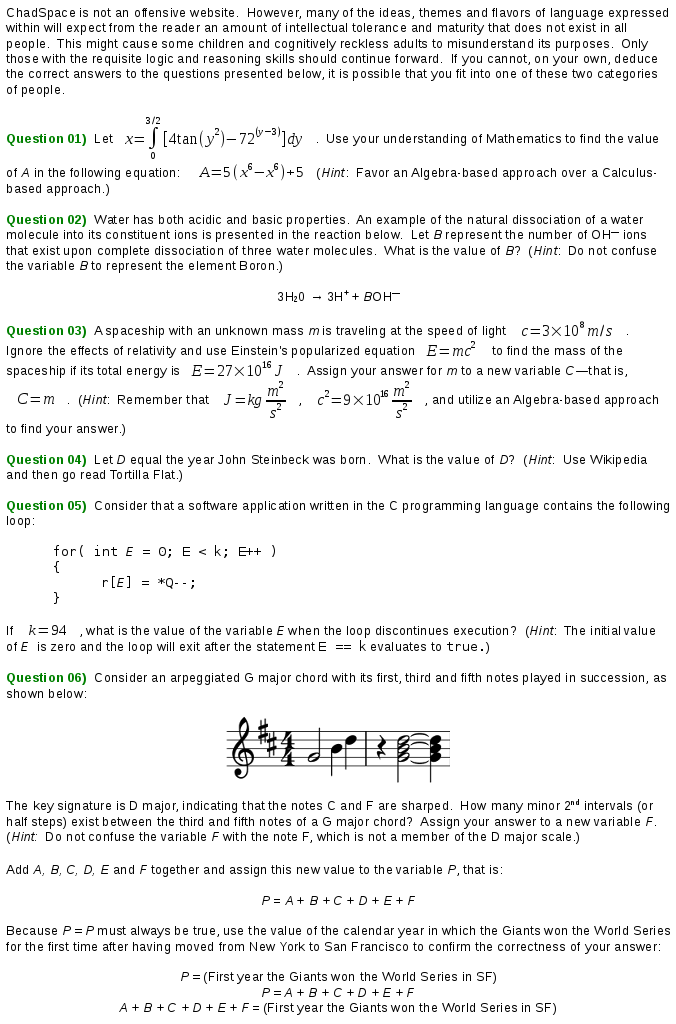

![Harry and the Hendersons freeway scene where a bigfoot imitates a siren and clears traffic. [Formatted]](http://unwisdom.org/chadspace/wp-content/uploads/hollywood-000001-f500.jpg)
![Haken's "The Mountain" album art. [Formatted]](http://unwisdom.org/chadspace/wp-content/uploads/haken-000001-f500.jpg)
![Animals as Leaders' "The Joy of Motion" album art. [Formatted]](http://unwisdom.org/chadspace/wp-content/uploads/animals-as-leaders-000000-f500-1.jpg)
![Protest the Hero's "Fortress" album art. [Formatted]](http://unwisdom.org/chadspace/wp-content/uploads/protest-the-hero-000000-f500.jpg)
![Skinny Puppy's "VIVIsectVI" album art. [Formatted]](http://unwisdom.org/chadspace/wp-content/uploads/skinny-puppy-000000-f500.jpg)
![Steven Wilson's "To the Bone" album art. [Formatted]](http://unwisdom.org/chadspace/wp-content/uploads/steven-wilson-000001-f500.jpg)
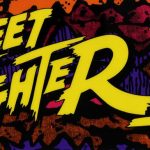
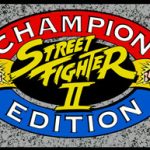
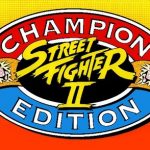
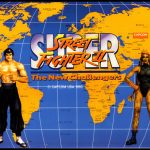
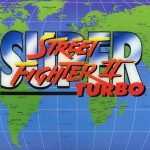
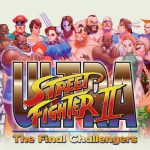
![Crowded retail store on Black Friday. [Formatted]](http://unwisdom.org/chadspace/wp-content/uploads/miscellaneous-000029-f500.jpg)